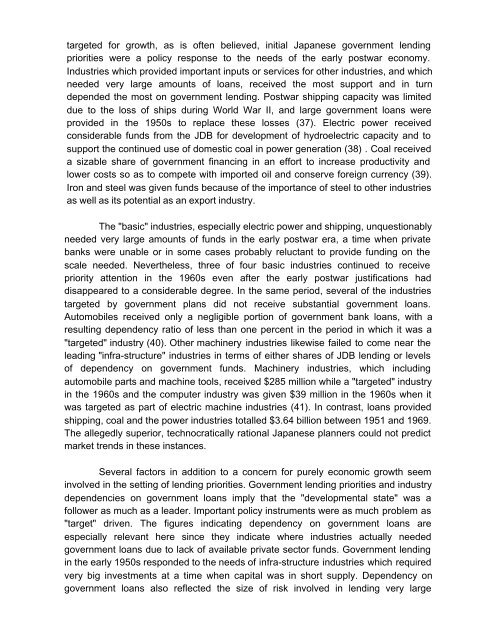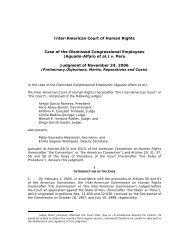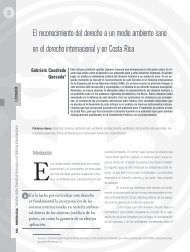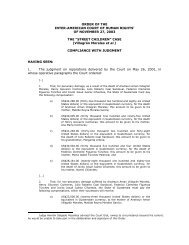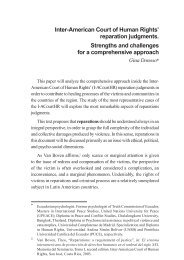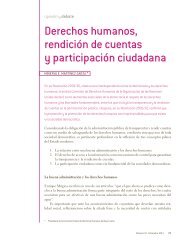The Political Economy of Japan Bradley M. RICHARDSON
The Political Economy of Japan Bradley M. RICHARDSON
The Political Economy of Japan Bradley M. RICHARDSON
- No tags were found...
You also want an ePaper? Increase the reach of your titles
YUMPU automatically turns print PDFs into web optimized ePapers that Google loves.
targeted for growth, as is <strong>of</strong>ten believed, initial <strong>Japan</strong>ese government lendingpriorities were a policy response to the needs <strong>of</strong> the early postwar economy.Industries which provided important inputs or services for other industries, and whichneeded very large amounts <strong>of</strong> loans, received the most support and in turndepended the most on government lending. Postwar shipping capacity was limiteddue to the loss <strong>of</strong> ships during World War II, and large government loans wereprovided in the 1950s to replace these losses (37). Electric power receivedconsiderable funds from the JDB for development <strong>of</strong> hydroelectric capacity and tosupport the continued use <strong>of</strong> domestic coal in power generation (38) . Coal receiveda sizable share <strong>of</strong> government financing in an effort to increase productivity andlower costs so as to compete with imported oil and conserve foreign currency (39).Iron and steel was given funds because <strong>of</strong> the importance <strong>of</strong> steel to other industriesas well as its potential as an export industry.<strong>The</strong> "basic" industries, especially electric power and shipping, unquestionablyneeded very large amounts <strong>of</strong> funds in the early postwar era, a time when privatebanks were unable or in some cases probably reluctant to provide funding on thescale needed. Nevertheless, three <strong>of</strong> four basic industries continued to receivepriority attention in the 1960s even after the early postwar justifications haddisappeared to a considerable degree. In the same period, several <strong>of</strong> the industriestargeted by government plans did not receive substantial government loans.Automobiles received only a negligible portion <strong>of</strong> government bank loans, with aresulting dependency ratio <strong>of</strong> less than one percent in the period in which it was a"targeted" industry (40). Other machinery industries likewise failed to come near theleading "infra-structure" industries in terms <strong>of</strong> either shares <strong>of</strong> JDB lending or levels<strong>of</strong> dependency on government funds. Machinery industries, which includingautomobile parts and machine tools, received $285 million while a "targeted" industryin the 1960s and the computer industry was given $39 million in the 1960s when itwas targeted as part <strong>of</strong> electric machine industries (41). In contrast, loans providedshipping, coal and the power industries totalled $3.64 billion between 1951 and 1969.<strong>The</strong> allegedly superior, technocratically rational <strong>Japan</strong>ese planners could not predictmarket trends in these instances.Several factors in addition to a concern for purely economic growth seeminvolved in the setting <strong>of</strong> lending priorities. Government lending priorities and industrydependencies on government loans imply that the "developmental state" was afollower as much as a leader. Important policy instruments were as much problem as"target" driven. <strong>The</strong> figures indicating dependency on government loans areespecially relevant here since they indicate where industries actually neededgovernment loans due to lack <strong>of</strong> available private sector funds. Government lendingin the early 1950s responded to the needs <strong>of</strong> infra-structure industries which requiredvery big investments at a time when capital was in short supply. Dependency ongovernment loans also reflected the size <strong>of</strong> risk involved in lending very large


